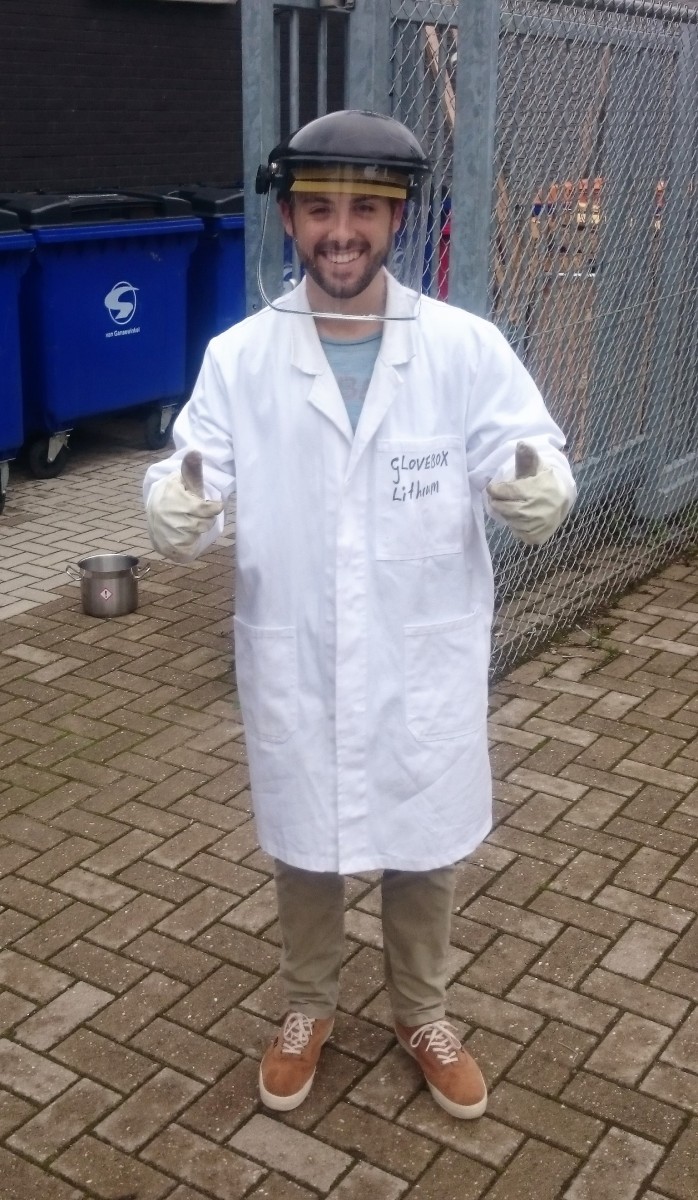Adding fusion technology to my portfolio: design of a liquid metal target
Reported by Jaume Mata González. Powered by FuseNet
My name is Jaume Mata González and I am doing a double Master's programme in industrial engineering and nuclear engineering. The final part of the degree includes an internship and a master thesis on a nuclear-related subject. Although I had a good understanding of the nuclear fission energy processes, my knowledge of fusion technology was limited.
Nuclear fusion seemed like a promising solution to the upcoming energy problem. Therefore, I contacted the fusion research group at the TU/e and decided to work on the design of a liquid metal layer that protects the fusion reactor wall against the incredible heat fluxes imposed on it. A 3D printed metal component could potentially be a good candidate to form such divertor target that can be operated with a liquid metal, and this is what I was about to find out.
Thumbs up for 3D-printed success
For the project to be successful a collaboration had to be established between a 3D printing company and two research facilities which would make a characterization of the printed material at high temperature. Along with the material analysis, the design of the components went through several iterations until reaching a final design.
An opportunity arised to 3d-print the prototypes and test them under fusion-relevant heat loads at Magnum PSI, a linear plasma device that simulates the ITER-like conditions for the divertor. Prior to the exposure, the target underwent heat treatment and was pre-loaded with liquid lithium inside a glove box. The experiments took place in June 2017 and the results indicated that the 3D printed parts are a feasible solution for use in a fusion reactor. This opens the possibility of revisiting the bulk material’s choice for future divertor designs.

Exploring Netherlands and the Dutch culture
Besides university work, I found a good room in a student house which I shared with seven other people. This was a very nice experience, since none of them was from Spain, so we spent hours learning from each other’s culture and experiences. During my year long stay in Eindhoven I had the opportunity to explore the Netherlands, visit different cities and discover a lot about Dutch traditions.
Although adapting to the local climate was a challenge for a Spaniard like me, I really enjoyed the music festivals and the huge variety in beers and cheese.But among all my discoveries and surprises in this beautiful country, the thing I will miss the most is, without any doubt, the kapsalon!
To conclude, I would like to thank FuseNet for making this internship possible and for the financial support I received to cover part of my living expenses during my stay.
